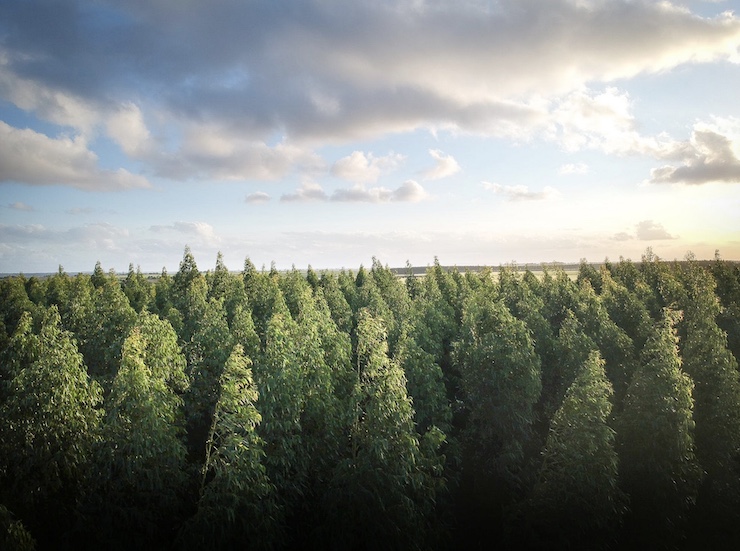DroneSeed Uses Drones For Planting Trees

Forests are havens for animal and plant biodiversity, provide us with food, natural resources, and job opportunities, are a barrier to natural disasters like landslides, and are natural carbon sinks. On average, the world’s forests absorb 16 billion metric tons of carbon dioxide, more than 40% of global fossil fuel emissions. According to the Environmental Protection Agency, a single tree also releases up to 260 lbs of oxygen each year.
Unfortunately, deforestation has reached critical levels impacting drastic climate change. Overlogging has been outlawed in many areas, and new sustainable measures are in place. One of the many effects of climate change has been an increase in wildfires, events that further reduce forest ecosystems. Millions of acres of forests have been degraded by wildfires. In 2017, British Columbia experienced an extreme wildfire season. More than 20 fires merged in BC’s Chilcotin Plateau. Called the Plateau Complex Fire, it was the largest fire in BC’s recorded history, destroying more than 800,000 hectares.
But with technology on their side, people like Percy Guichon have the tools needed to rebuild these all too important forests. Percy is from the Tŝideldel First Nation community and the director of Central Chilcotin Rehabilitation, a land management company in BC. His job is to help manage the reforestation of the Plateau Complex. Percy explained that traditional methods for replanting a forest require volunteers and workers to haul heavy sacks and tools, early in the morning, and laboriously plant seedlings. He said that this can yield between 1,000-3,000 trees planted a day. Looking for ways to supplement manual labor, Percy reached out to DroneSeed, a company that uses drones for reforestation.
Founded in 2015 by Grant Canary and Ryan Mykita, based out of Seattle, Washington, DroneSeed is revolutionizing global reforestation. DroneSeed combines seed science, forestation experts, and aerial support to speed up reforestation. The process starts with building a large enough bank of seeds that are proven hardy and resilient for regrowth. Working with experts, DroneSeed then comes up with an ideal plan of planting action. The seeds need to be placed in the best positions that will lead to a forest naturally replanting itself over time. The final step is the development of a drone that can efficiently and successfully plant seeds in large quantities.
In November 2018, the Federal Aviation Administration Tweeted, “Earlier this year,@DroneSeed became the first & only U.S. company to receive an #FAA waiver to use drone swarms & an #FAA exemption to spray agricultural substances. Now, DroneSeed is using #drones to reverse wildfire destruction by planting trees from the air.” With this waiver, DroneSeed sees itself as the “sweet spot” between manually planting seeds and helicopter air support. As they state on their website, “We load thousands of seed vessels at a time into our FAA heavy-lift certified drone swarms, each aircraft planting 3/4 of an acre per flight, or 57lbs.”
For the Plateau Complex reforestation, Percy said that the drones were able to plant 10,000 seeds per hectare. A total of 52 hectares were planted that will be monitored for the next few years. The hope is, Percy explained, that the seeds will take root, grow into healthy trees, drop more seeds, and a natural forest will start to grow. The drones are not going to replace traditional planting methods, but lend the support needed to escalate reforestation.
|